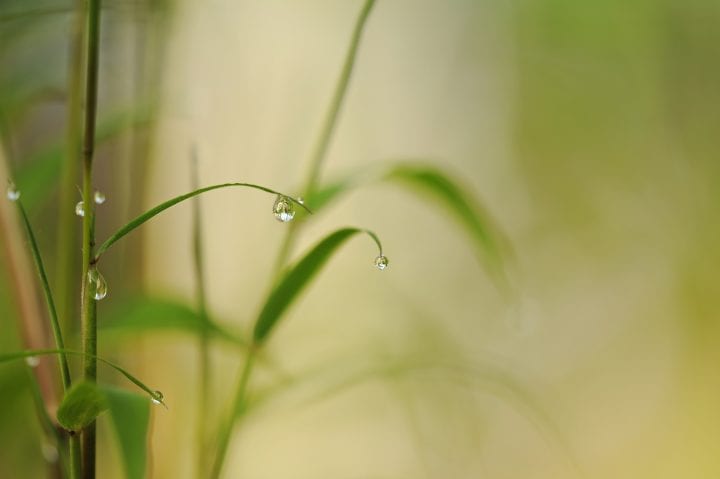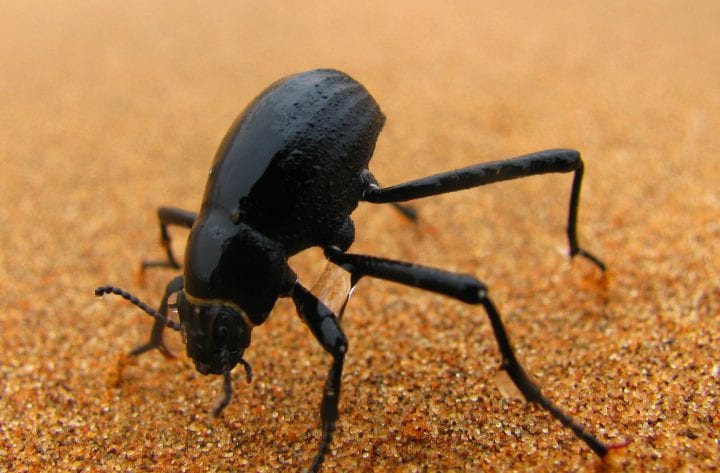The lymphatic system uses pressure, muscle contractions, and one-way valves to squeeze fluid through a network of vessels without the need for a pump.
Introduction
Even while wildflower blooms explode across the jagged landscape, patches of snow linger atop mountain crests. At 12,095 feet in elevation, Colorado’s Independence Pass stands along the Continental Divide—a mountainous line that separates water flow across the Americas. Down each slope, snowmelt drains through soil, vegetation, tributaries, lakes, and rivers in a tortuous path east towards the Atlantic Ocean or west towards the Pacific. Along the way, cities and towns siphon the water that people need to live. But before water reaches our faucets, we have to treat it for pollutants it may have picked up during its journey.
Our bodies also need a drainage system to collect, treat, and recycle fluid that leaks into surrounding tissue. About 90% of the blood that supplies the body’s tissues with oxygen and nutrients returns to the heart via veins. But about 10% of it leaks across capillaries into the surrounding tissue. In vertebrates, the lymphatic system collects this spilled material along with cellular waste products within its own network of vessels and returns them to the circulatory system.
The lymph system also helps absorb dietary fat and fat-soluble vitamins. And it plays a role critical to our immunity. As fluid moves through lymphatic vessels, it passes through lymph nodes that contain high concentrations of lymphocytes (types of white blood cells), which attack pathogens like bacteria, viruses, and fungi.
In the circulatory system, the heart pumps the blood in a continuous loop. But without a central “pump”, the lymph system must divide and conquer the task of moving its fluid.
The Strategy
Lymph fluid flows through the body using a combination of pressure differences, muscle contractions, and one-way valves.
Like blood vessels, lymphatic capillaries permeate most of the body’s tissues. Lymphatic capillary cells overlap one another like the horizontal slats in closed window blinds. As fluid accumulates in tissue outside of lymphatic capillaries, the pressure increases and pushes on the overlapping cells, opening them slightly inwards. The waste material enters the lymphatic vessels through gaps, which relieves the external pressure. As the pressure outside the lymphatic capillaries reduces, the flaps close again, trapping the fluid inside.
Just as water flows naturally from high to low pressure, higher pressure in the lymphatic capillaries propels fluid through the system. In addition, as surrounding muscles contract during motion, they compress lymphatic vessels and push the fluid forward. Complementing that, larger lymph vessels themselves have smooth muscle cells on their outer walls that help squeeze the vessels that propel the fluid. In contrast to the centralized collection of muscle cells that make up the heart, smooth muscle cells distributed throughout the lymphatic vessels contract only as needed—sometimes strongly and suddenly, and sometimes in a cascading wave.
Throughout the system, one-way flap valves inside lymph vessels prevent backflow and keep the fluid moving in one direction—towards veins in the neck called subclavian veins. At the subclavian veins, the lymph waste products enter the bloodstream and can either be reused or filtered through the and s.
The Potential
Instead of using high-power pumps to transport fluids through long pipelines, dynamic coatings could mimic the effects of smooth muscle tissue inside lymph vessels. A system of one-way valves could reduce energy requirements, contributing to fewer greenhouse gas emissions. Perhaps drug delivery systems could rely on common muscle movements such as walking to spread medicine in specific parts of the body. What else can we learn by studying how animals recycle plasma and other compounds in blood?










